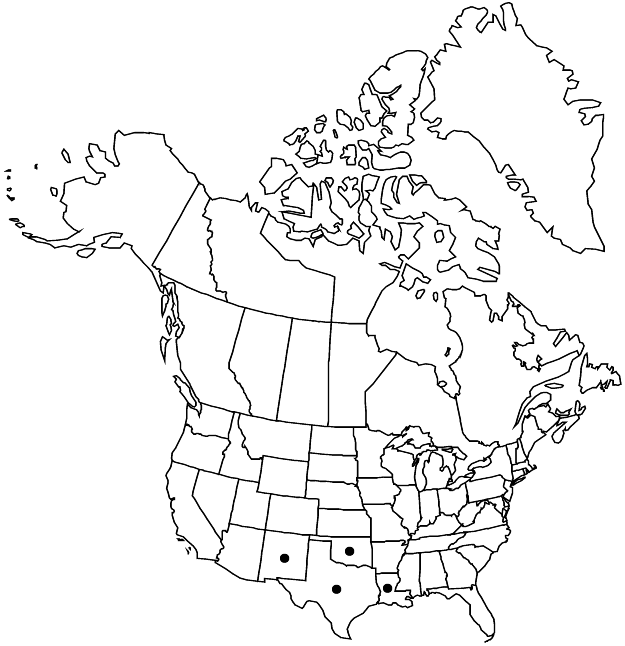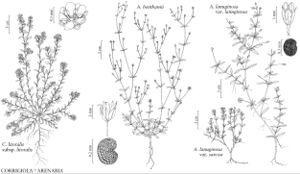Difference between revisions of "Arenaria benthamii"
Fl. N. Amer. 1: 675. 1840.
FNA>Volume Importer |
imported>Volume Importer |
||
| (2 intermediate revisions by 2 users not shown) | |||
| Line 8: | Line 8: | ||
}} | }} | ||
|common_names=Hilly sandwort | |common_names=Hilly sandwort | ||
| + | |special_status={{Treatment/ID/Special_status | ||
| + | |code=F | ||
| + | |label=Illustrated | ||
| + | }} | ||
|basionyms= | |basionyms= | ||
|synonyms= | |synonyms= | ||
| Line 45: | Line 49: | ||
|publication title=Fl. N. Amer. | |publication title=Fl. N. Amer. | ||
|publication year=1840 | |publication year=1840 | ||
| − | |special status= | + | |special status=Illustrated |
| − | |source xml=https:// | + | |source xml=https://bitbucket.org/aafc-mbb/fna-data-curation/src/2e0870ddd59836b60bcf96646a41e87ea5a5943a/coarse_grained_fna_xml/V5/V5_101.xml |
|subfamily=Caryophyllaceae subfam. Alsinoideae | |subfamily=Caryophyllaceae subfam. Alsinoideae | ||
|genus=Arenaria | |genus=Arenaria | ||
Latest revision as of 22:07, 5 November 2020
Plants annual. Taproots filiform. Stems 1–40+, erect to ascending, branching, green, 10–30(–50) cm; internodes ± terete, mostly 1–10 times as long as leaves, dull, retrosely puberulent in 2 lines. Leaves usually connate proximally, with scarious sheath 0.2–0.4 mm, petiolate (proximal leaves) or sessile; petiole 2–4 mm; blade 1-veined, vein ± weak abaxially, ovate (petiolate blades) or elliptic-lanceolate to oblanceolate, 5–15(–20) × 2–4 mm, herbaceous, margins undulate, scarious, shiny, sparsely ciliate especially proximally, apex acute to apiculate or cuspidate, often pustulate, glabrous; axillary leaf clusters absent. Inflorescences terminal, open, leafy, 3–50+-flowered cymes. Pedicels erect to reflexed in fruit, 10–40 mm, glabrous. Flowers: sepals green, 1-veined, vein obscure or prominent proximally, not keeled, elliptic to broadly ovate (herbaceous portion light green, ovate), 2–3.5 mm, to 4.5 mm in fruit, apex acute to acuminate, often pustulate, glabrous; petals elliptic, 1.5–3 mm, 1/2–3/4 times as long as sepals, apex obtuse. Capsules loosely to tightly enclosed by calyx, ovoid, 3–4 mm, 11/5–2 times as long as sepals. Seeds 20–30, ashy brown, broadly reniform, compressed, 0.5–0.6 mm, dull, minutely or prominently rounded-tuberculate.
Phenology: Flowering late spring.
Habitat: Open woodlands, limestone slopes and outcrops
Elevation: 0-400 m
Distribution

La., N.Mex., Okla., Tex., Mexico (Coahuila, Nuevo León).
Discussion
Selected References
None.
